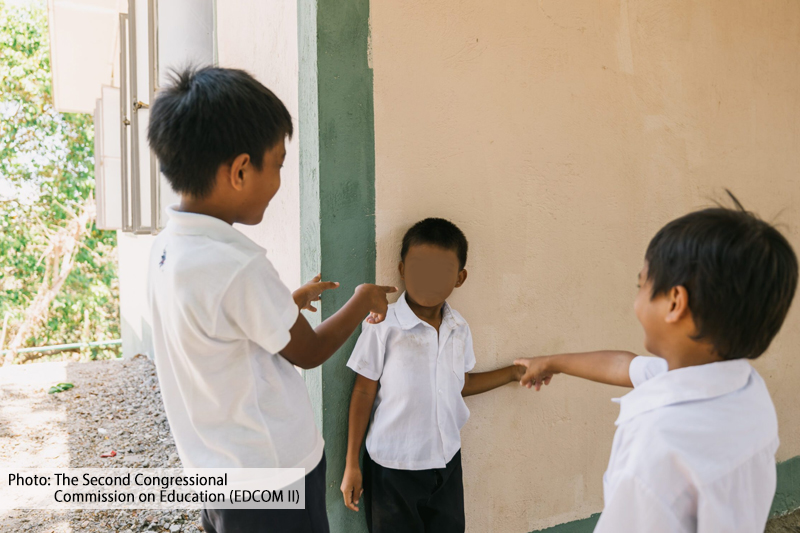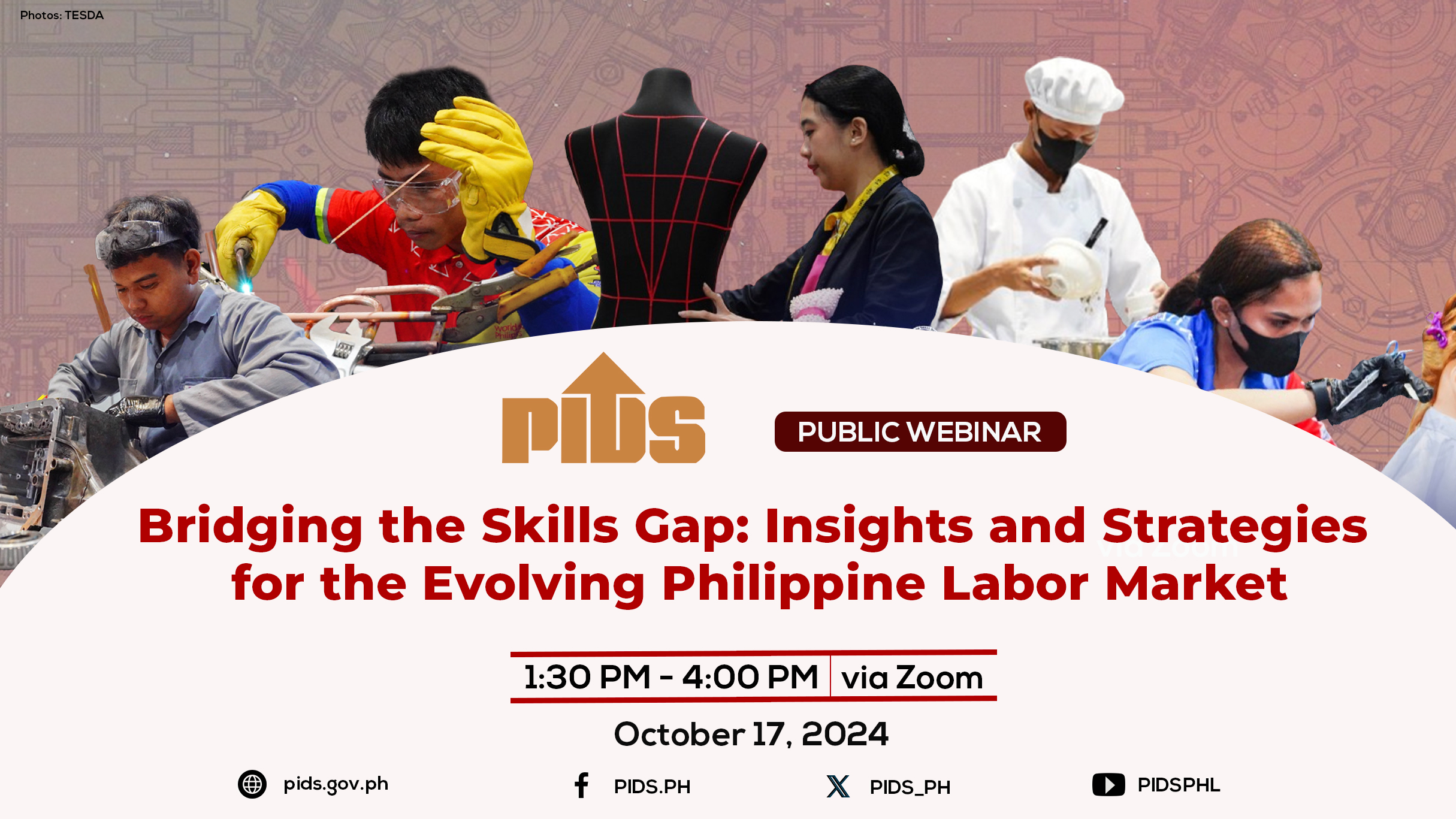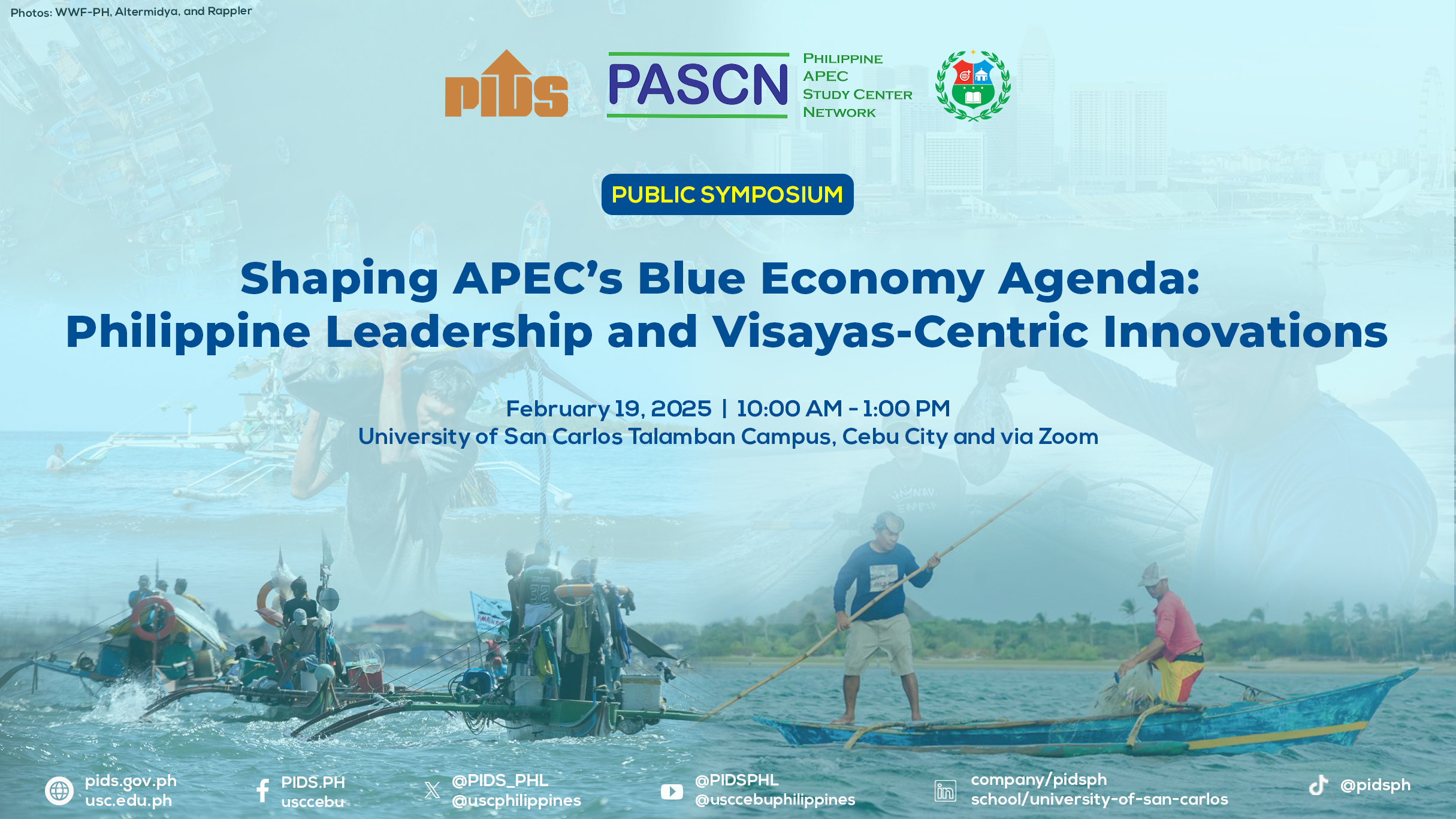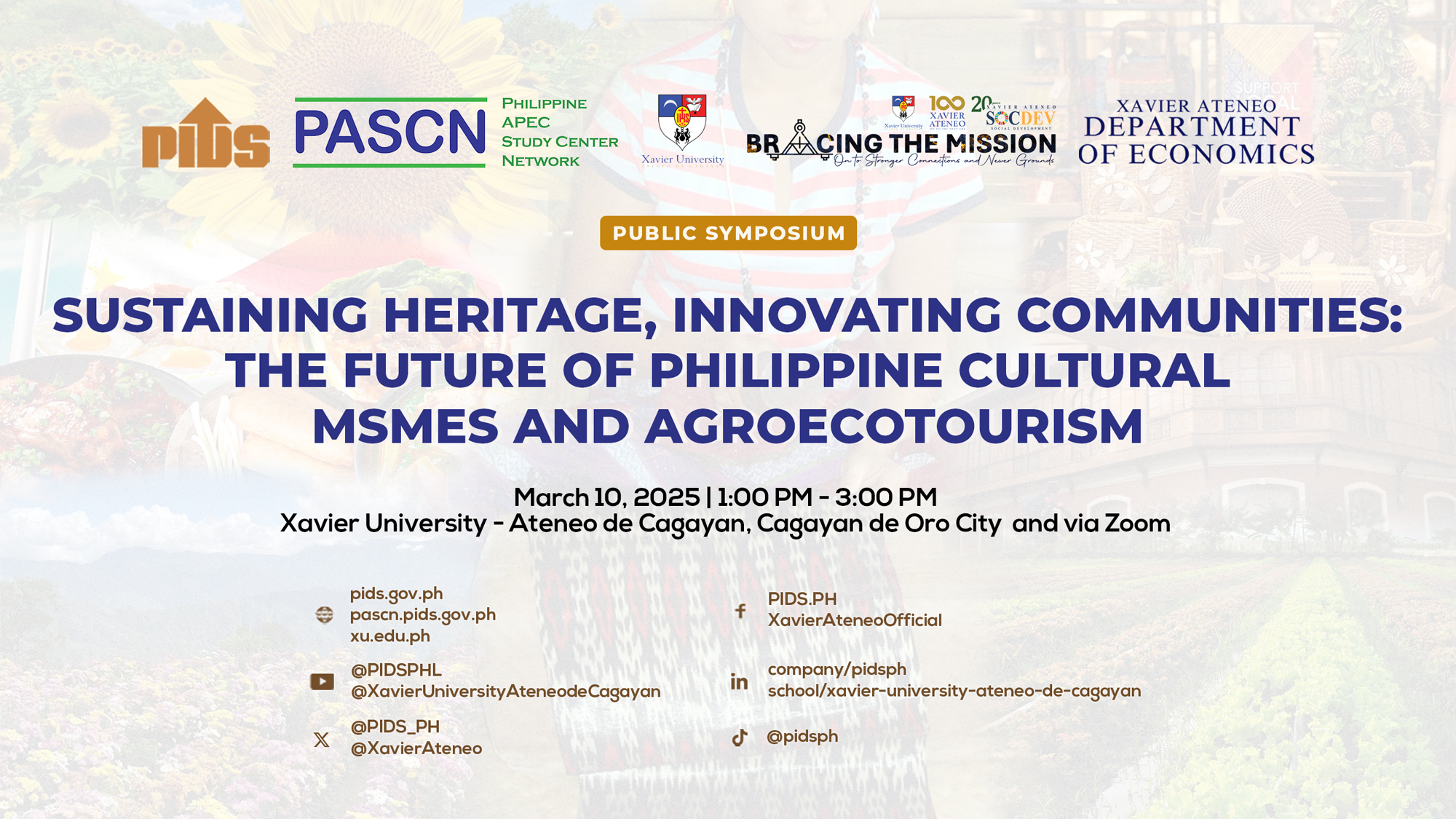Reforms from basic to tertiary level have been constantly shaping the state of Philippine education.
To date, two of the most significant educational reforms in the country are the continued implementation of the K to 12 Program and the free higher education.
However, some groups and stakeholders expressed concern on issues that might indicate the current state of the country’s education.
School Year (SY) 2019-2020 officially opens on June 3 in all public schools.
Private schools may deviate from this schedule as long as they do not start classes earlier than the first Monday of June and not later than the last day of August.
Education Secretary Leonor Briones said that DepEd has been monitoring the “readiness” of schools to ensure a smooth and orderly opening of classes.
DepEd also expressed readiness for the school opening by holding its annual school maintenance activity or the “Brigada Eskwela” and the “Oplan Balik Eskwela” (OBE).
A teachers’ federation warned that the same old problems will still hound this year’s school opening.
The Alliance of Concerned Teachers (ACT) expressed concern that the opening of classes this SY 2019-2020 will be bombarded with the “perennial” problems of the previous school openings.
“The 2019 school opening is most likely to be welcomed with shortages on the number of teachers, education support personnel, instructional materials, and facilities,” ACT Secretary General Raymond Basilio told the Manila Bulletin.
Despite these concerns, DepEd Undersecretary and Spokesperson Annalyn Sevilla assured that the department continues to find ways in order to address these within the capacity and capability of the department.
The Commission on Higher Education (CHED) has nothing but praises for the increased funding for higher education “at levels that no administration has ever done in the past.”
The Universal Access to Quality Tertiary Education (UAQTEA), CHED Chairman J. Prospero De Vera III said, has benefitted some 1.3 million students in public universities and more than 100,000 students in private universities.
This coming academic year, CHED has enjoined all State Universities and Colleges (SUCs) and Local Colleges and Universities (LUCs) “to synchronize its respective Academic Year (AY) to a Fiscal Year (FY) starting FY 2019” and to “ensure that starting FY 2020, all SUCs and LUCs have synchronized their academic year to a fiscal year.”
The Commission also beefs up its internationalization and facilitating linkages with other universities.
‘Red flags’
For advocacy group Philippine Business for Education (PBEd), while change has come for Philippine education it is “but only passably so.”
While PBED lauded the expanding access to education across all levels, it also stressed the “importance of focusing on actual learning” in the context of the global economy.
“With the steady increase in education spending, teacher and classroom gaps have begun to close, and more children are going to and staying in schools,” PBED said.
“Thus, the Filipino workforce is becoming increasingly educated,” it added.
Despite the implementation of the K to 12 curriculum designed to “provide a holistic education for all Filipino students,” PBED said the “learning outcomes tell a different story.”
This is because early childhood comprehension remains poor, “with more than a third of Filipino children scoring zero on both reading and listening.”
PBED noted that achievement scores for both elementary and secondary levels “have also stalled at 59%, well below the 77% national target” – similarly, passing rates at licensure examination disciplines barely reach the target passing rate.
PBED chairman Ramon del Rosario, Jr. said the country has “yet to translate the country’s successes into actual learning — the kind that prepares our people for the global economy and the challenges of the Fourth Industrial Revolution.”
Filipino graduates, he added, “lack the skills demanded by industry and the Philippines has one of the highest rates of youth unemployment” in Asia.
Citing latest data from the International Labour Organization, he noted that 21.7 percent of youth in the Philippines “is not in education, employment or training” as of 2017.
“This goes back to the poor learning that happens in our schools as evidenced by low scores in the National Achievement Test and although there are noble efforts to arrest these trends, they are at best sporadic and in grave need of coordination,” Del Rosario added.
The Philippine Statistics Authority (PSA) also released a study in November 2018 noting that Filipino families are “most deprived” in education. The multidimensional poverty statistics was based on a Multidimensional Poverty Index (MPI) across the four dimensions of Education; Housing, Water and Sanitation Dimension; Health and Nutrition; and Employment.
In its release entitled, “Filipino Families Are Most Deprived in Education” PSA noted that “six out of 10 families in 2016 and five out of 10 families in 2017 were deprived of basic education” and that “six out of 10 families had at least one family member aged 18 years old and above who did not complete basic education in 2016 and five out of 10 in 2017.”
DepEd argued that the “parameters used for the education dimension of poverty have a tendency to mislead the public and other stakeholders on the current state of access to education.”
DepEd Undersecretary and Spokesperson Atty. Nepomuceno Malaluan added that the “effect of the historical lack of access in decades past expressed through the educational attainment indicator becomes the overriding determinant for educational deprivation, and the conclusion tends to overlook the historical progress and the current level of access to education.”
In a recent forum also organized by the PBED, Synergeia Foundation CEO and President Dr. Nene Guevara said that there is an “ongoing reading crisis” in the country.
Citing results from a study which covered Grades 1 to 6 students over 90 local government units nationwide, she revealed that “prior to any reading intervention” – there were 53 percent frustrated readers and 23 percent independent readers for the school year 2017.
Guevara furthered that 23% of the subjects “could not comprehend” and seven percent “could not read at all.” She also noted that some teachers in public schools are not “competent readers” which is among the factors why many Filipino students couldn’t read properly.
Some teachers also decry that because of “so much work,” they barely have time to teach. Under the Magna Carta for Public School Teachers, teachers are required to devote up to “six hours of actual teaching per day.”
According to the study conducted by the Philippine Institute for Development Studies (PIDS) entitled “Pressures on Public School Teachers and Implications on Quality,” teachers are given administrative or student support role such as paper works, seminars, training workshops, among others.
Thus, the DepEd is urged to review its policy on the workload of public school teachers.
Moving forward
DepEd acknowledges that there are still challenges that need to be addressed despite the educational reforms being initiated.
Sevilla said that these concerns and challenges are the reasons why the department is currently “reviewing” the K to 12 Program as well as the provisions of the Magna Carta for Public School Teachers.
“We are now adjusting our direction since we’re done with the access and now we want to focus on quality,” Sevilla said.
“Tapos na kami sa problema sa access – walang problema sa access o sa mga eskwelahan na malapit sa ating mga pamayanan dahil bawat barangay ay meron ng elementary at ang aming tinitingnan ay ang ating secondary schools,” she ended.












